We all could use a little bit of good news on health policy these days. And Douglas Holtz-Eakin of the American Action Forum provides it in the latest edition of AAF’s “Reality Check-Up: The Truth About Single-Payer Systems.”
He commends two articles for readers of the series, and I will do the same.
In “Direct Primary Care: A Positive, Promising Health Care Trend,” S. T. Karnick, Senior Fellow for the Heartland Institute, describes how “the private sector is stepping in to serve consumers better in a health care system being destroyed by government interference.”
Primary care includes routine and preventative services such as annual check-ups, urgent care, management of chronic conditions, medications, and diagnostic tests, imaging, and labs — all for a low, monthly fee. The patient pays a membership fee of $50 to $100 a month that allows unlimited access to a doctor, often same-day or next-day appointments, and big discounts on tests, prescriptions, and other services.
DPC providers don’t accept insurance, and thus aren’t bogged down by third-party interactions — such as proving “value” to an insurer. Doctors currently waste over one-third of their time on paperwork and administrative tasks for insurance companies.
Karnick argues that, coupled with “high-deductible, low-cost insurance against catastrophic health problems, direct primary care provides low-cost, high-quality, personalized care while the separate insurance provides protection from financial disaster.”
A second article, “For All Its Flaws, American Healthcare Gets a Lot Right” by the Heritage Foundation’s Robert Moffit, explores how the United States leads the globe in areas ranging from drug development to telehealth usage to cancer survival.
Our Nobel Prize winners have . . . pioneered breakthroughs in our understanding of genetics, immunology, and virology. In 1988, the U.S. National Academy of Sciences outlined a successful research program to map the human genome, thus ushering in a new age of biomedical research that holds enormous potential to improve and extend human life.
With the ability to isolate the genetic predisposition to disease, the field for future innovation is wide open, including the potential of regenerative medicine such as ethical stem cell or cellular transplants.
America didn’t become the world’s medicine chest by accident. To encourage future innovation, U.S. policymakers must look past the failed experiment of single-payer to our own free market history.
Read the pieces by Karnick and Moffit here: Direct Primary Care: A Positive, Promising Health Care Trend and For All Its Flaws, American Healthcare Gets a Lot Right.

